Improve Recruitment of Underrepresented Students
As the population of high school graduates becomes more diverse, and the overall number of college-age students declines, universities must do a better job recruiting populations that have historically been underrepresented in post-secondary education (first-generation, low-income, underrepresented minority, and rural students).

Understand how preparedness gaps create uneven enrollment of underrepresented students
Over the past two decades, higher education has become more stratified. Low-income and underrepresented minority students are moreunderrepresented today at selective colleges and universities than they were two decades ago while public universities (and regional public universities in particular) have become the largest engines of social mobility.

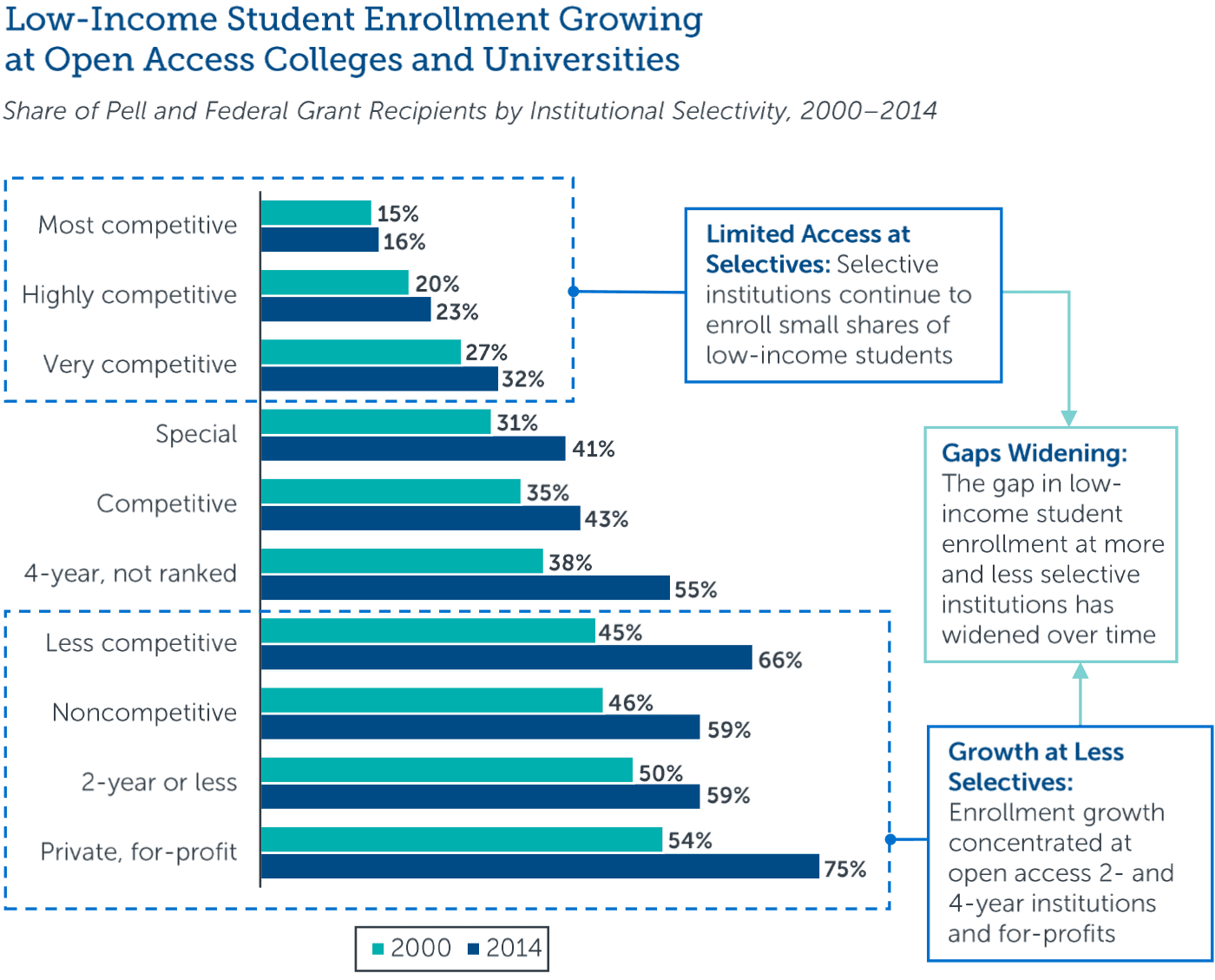
Scale college access programs to reach more students
College access programs are designed to boost the college-going rate of students in the institution’s region. While well-intentioned, most programs have limited impact on the pipeline of underrepresented students to their universities. To increase their reach, institutions must be far more strategic about their use of these programs.

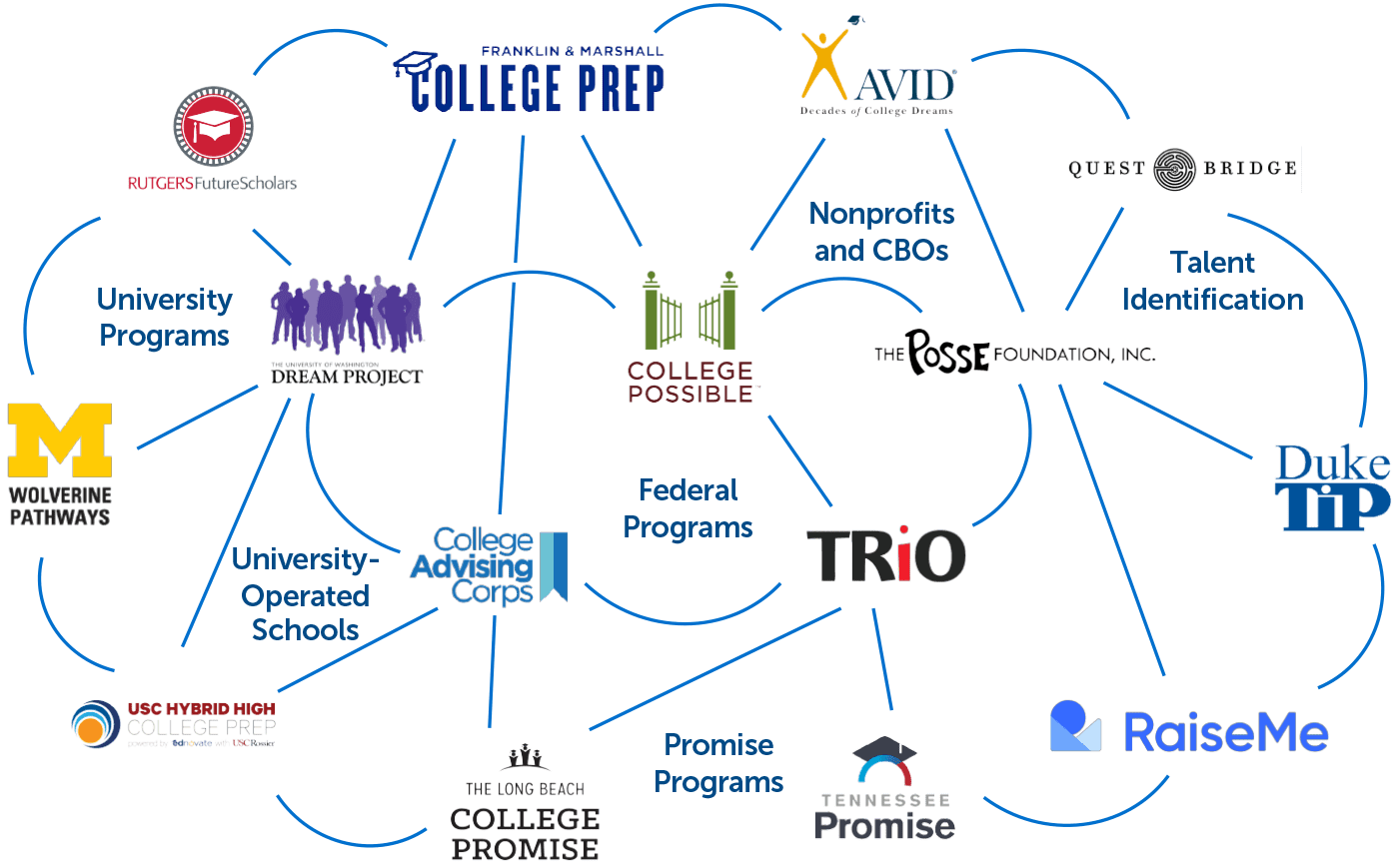
Engage families of first-generation students in the recruitment process
Families are one of the most important influences on where students eventually enroll, and their role is even more pronounced with the first-generation students. Colleges and universities must be sure to engage families to make them feel comfortable with their children attending an unfamiliar institution.

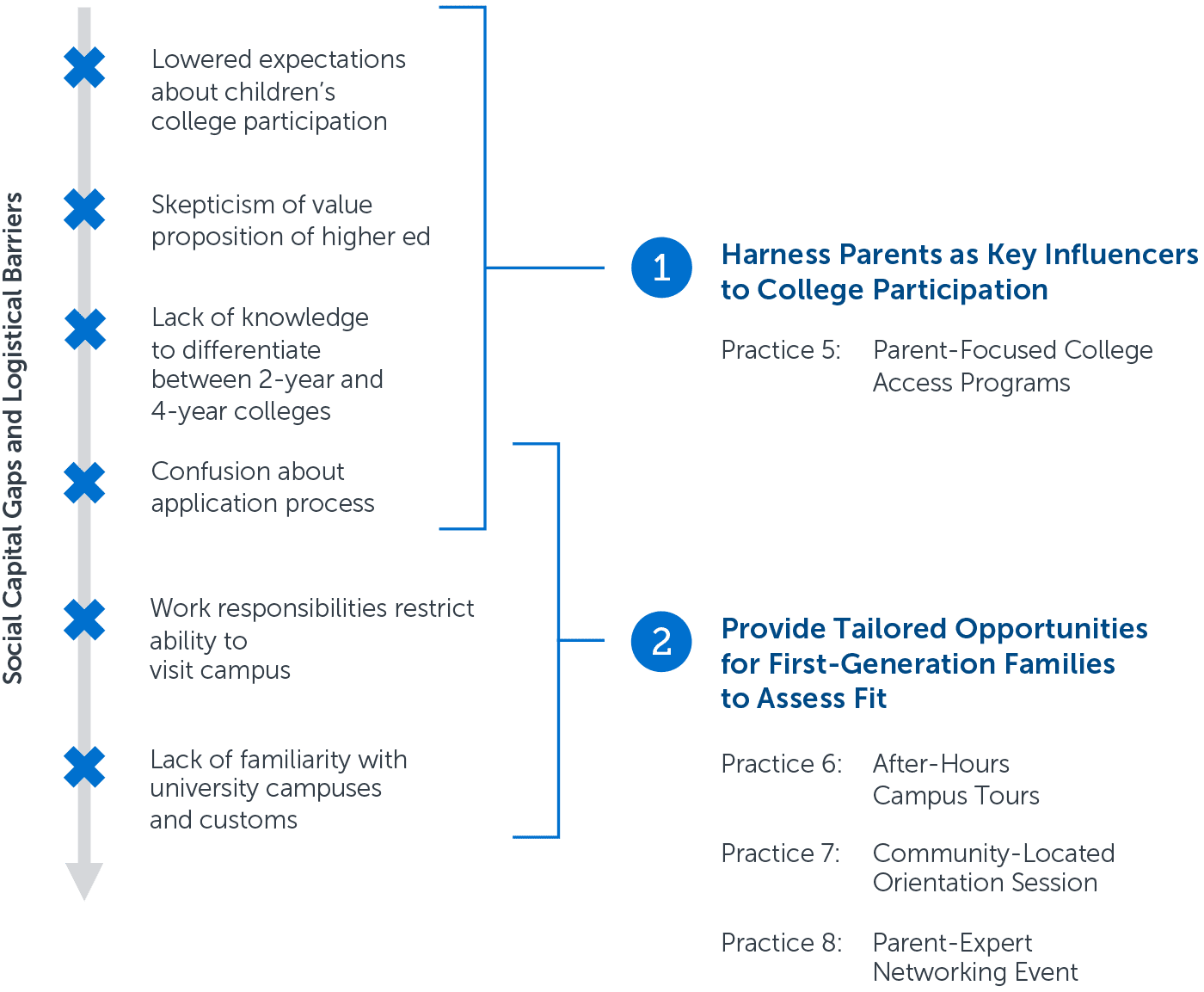
Enhance the recruitment and application process by eliminating procedural barriers
Underrepresented students often lack preexisting knowledge of how to apply to college and may also lack adult support throughout the process to successfully complete applications. To enroll more underrepresented students, campus leaders need to eliminate process barriers and add tailored touchpoints for these applicants.

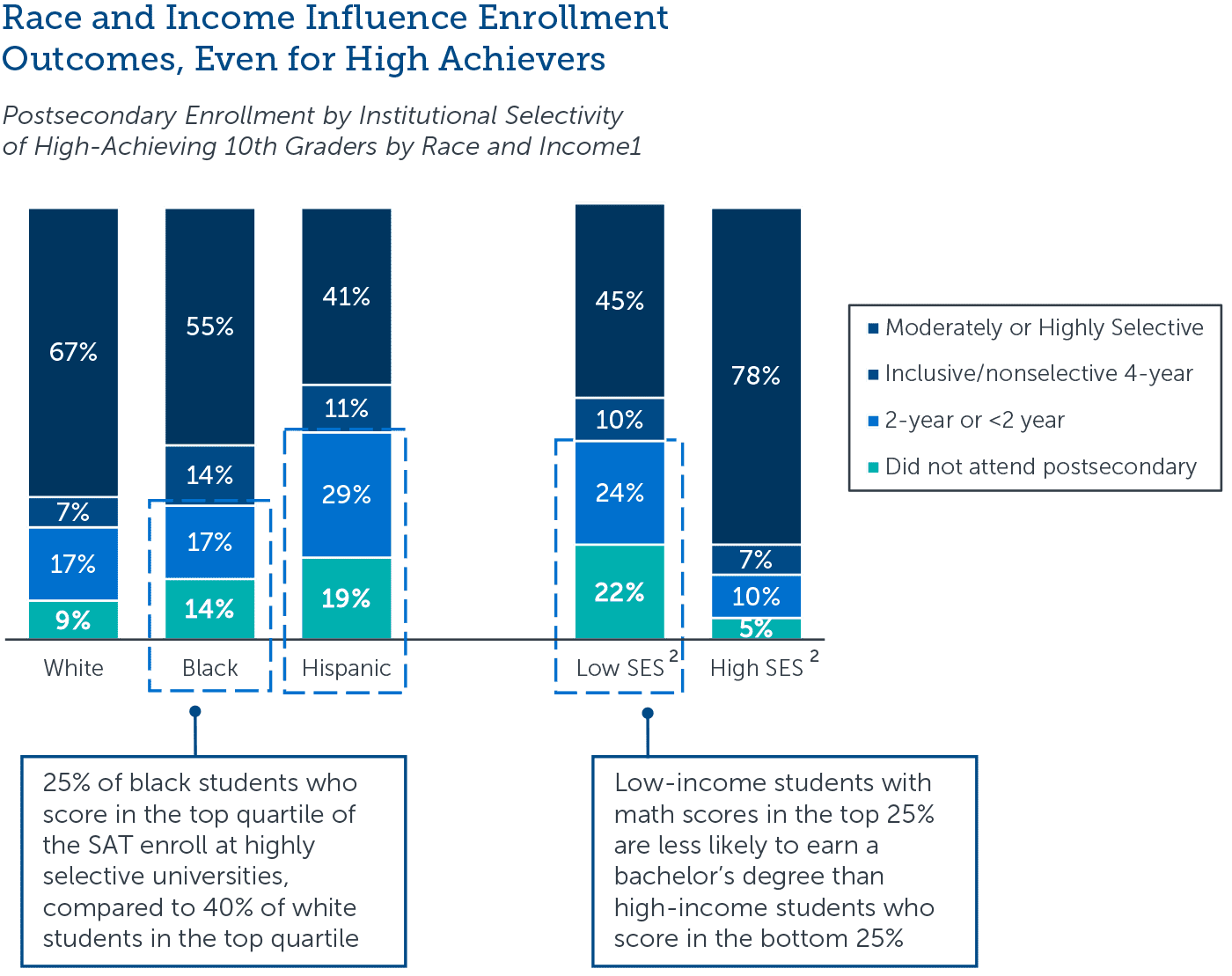
Address unique barriers to enrollment for rural students
Millions of students attend k-12 in rural areas across the country, and by the very nature of their hometowns, they are spread out and difficult to reach. Institutions that wish to reach rural students must be innovative, balancing quality programs, constrained resources, and a desire for in-person connections.

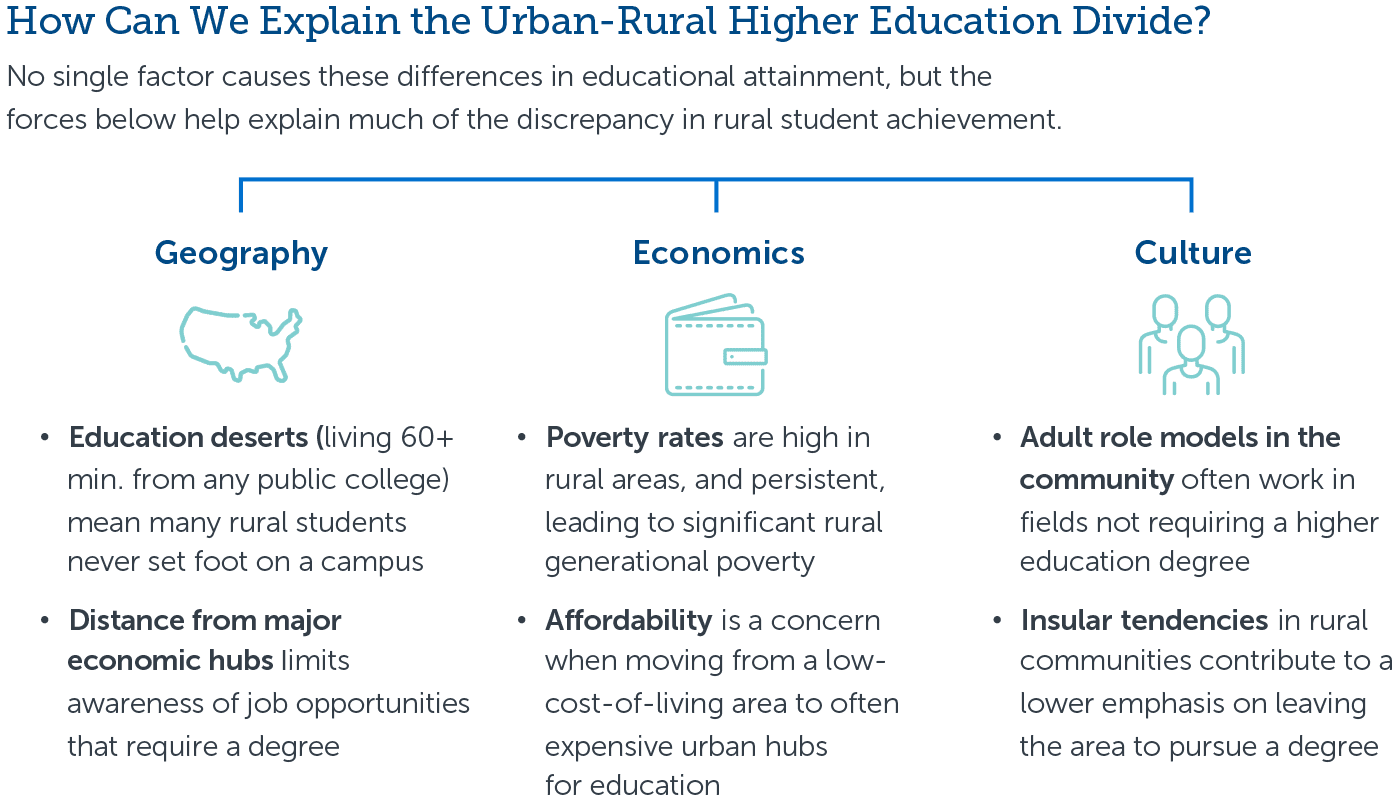
Now that you've read the Roadmap

This resource requires EAB partnership access to view.
Access the roadmap
Learn how you can get access to this resource as well as hands-on support from our experts through Strategic Advisory Services.
Learn More